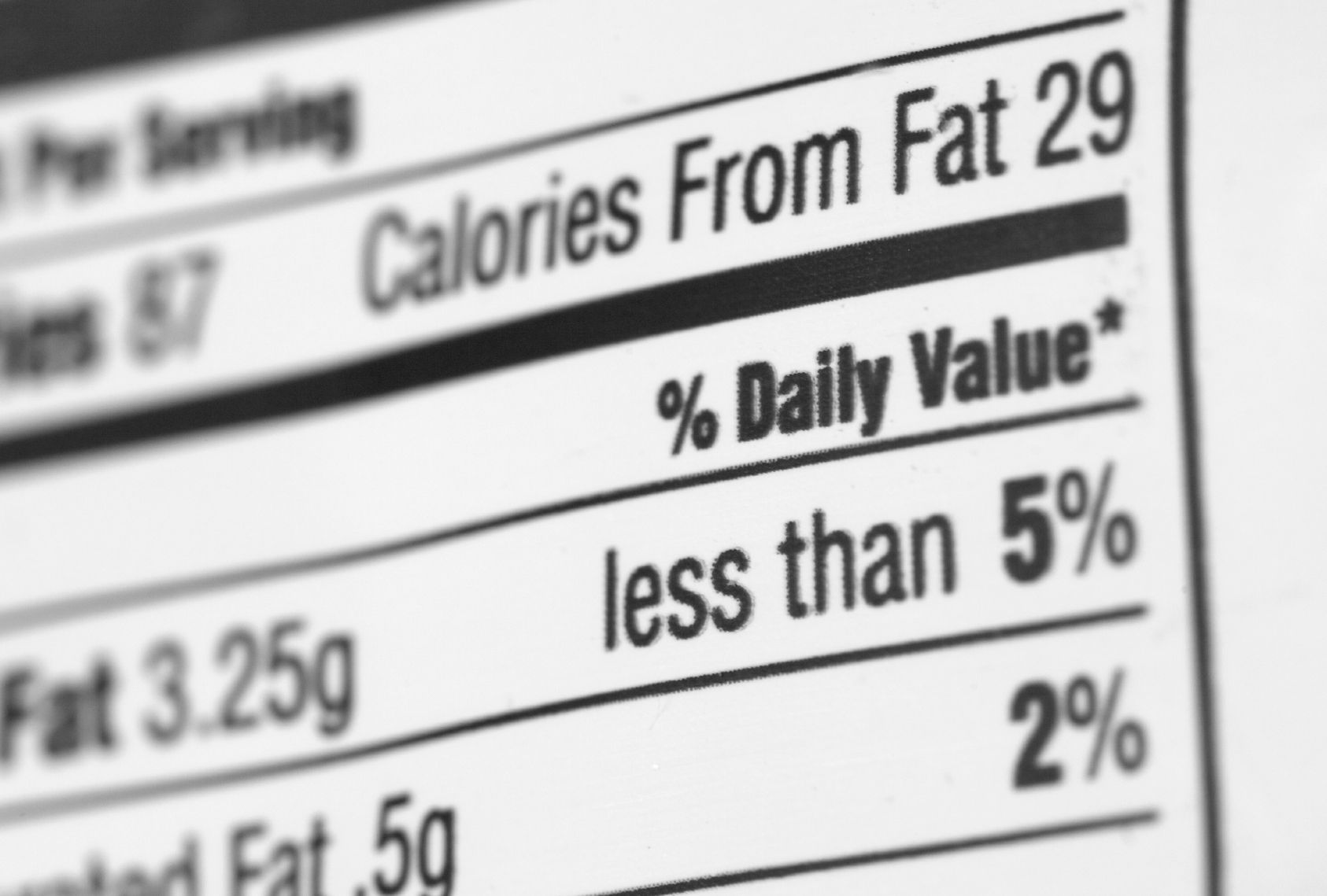Food Labeling with “Activity-Equivalent” Symbols May Influence Consumers, Researchers Suggest
The Royal Society for Public Health (U.K.) proposes new food-labeling symbols that show how many minutes of physical exercise are equivalent to the calories contained in food products.
Photo © iStockphoto.com/ManuelVelasco

When it comes to ensuring consumers are aware of the health impact of the food they’re purchasing, would symbols that show the amount of physical exercise needed to expend the product’s calories be effective at influencing consumer behavior? There’s a strong possibly it would, according to a new report from the Royal Society for Public Health (RSPH; London, U.K.).
The report, published online on April 6, calls for the introduction of “activity-equivalent” calorie labeling on food and beverage products. The suggested labeling would come in the form of symbols that show how many minutes of different physical activities it would take for a person to expend an equivalent amount of calories as are contained in the product.
“The aim is to prompt people to be more mindful of the energy they consume and how these calories relate to activities in their everyday lives,” writes Shirley Cramer, chief executive of the RSPH, in the report. For instance, a symbol on a can of soda might show that consuming the product's calories would take a person of average age and weight about 15 minutes to run off, 23 minutes to bicycle off, or 13 minutes to swim off.
A 2015 online poll of 2010 U.K. adults conducted by British polling firm Populus found that 53% of respondents said they “would positively change their behavior as a result of viewing activity-equivalent calorie information-by choosing healthier products, eating smaller portions, or doing more physical exercise, all of which could help to counter obesity,” Cramer notes.
The activity-equivalent symbols would also operate on a different level than typical warnings against consuming certain types of drinks or foods. Instead of just telling people to stop doing something, Cramer explains, the new symbols would encourage consumers to start exercising.
Additionally, the symbols might prove easier to understand than current food-labeling information.
“People find symbols much easier to understand than numerical information, and activity equivalent calorie labels are easy to understand, particularly for lower socioeconomic groups who often lack nutritional knowledge and health literacy,” says Cramer. She adds that, “given its simplicity, activity-equivalent calorie labeling offers a recognizable reference, accessible to everyone.”
Of course, the legislative and political realities of implementing such a significant change in mandatory labeling requirements, both in Europe and the United States, could pose a significant challenge, Cramer acknowledges. She calls for more research on the potential effects of activity-equivalent labeling on consumer choices to help lawmakers decide whether these kinds of symbols would be effective in reducing obesity and other food-related health problems.
Read more:
Five Biggest Struggles with FDA’s New Nutrition Label (Slideshow)
Clean Label: Everyone’s Doing It
For Front-of-Package Labeling, Is More Information Better?
Michael Crane
Associate Editor
Nutritional Outlook Magazine
michael.crane
References:
Cramer S, “Food should be labelled with the exercise needed to expend its calories,” The BMJ. Published online April 6, 2016.
Prinova acquires Aplinova to further increase its footprint in Latin America
April 7th 2025Prinova has recently announced the acquisition of Brazilian ingredients distributor Aplinova, which is a provider of specialty ingredients for a range of market segments that include food, beverage, supplements, and personal care.










